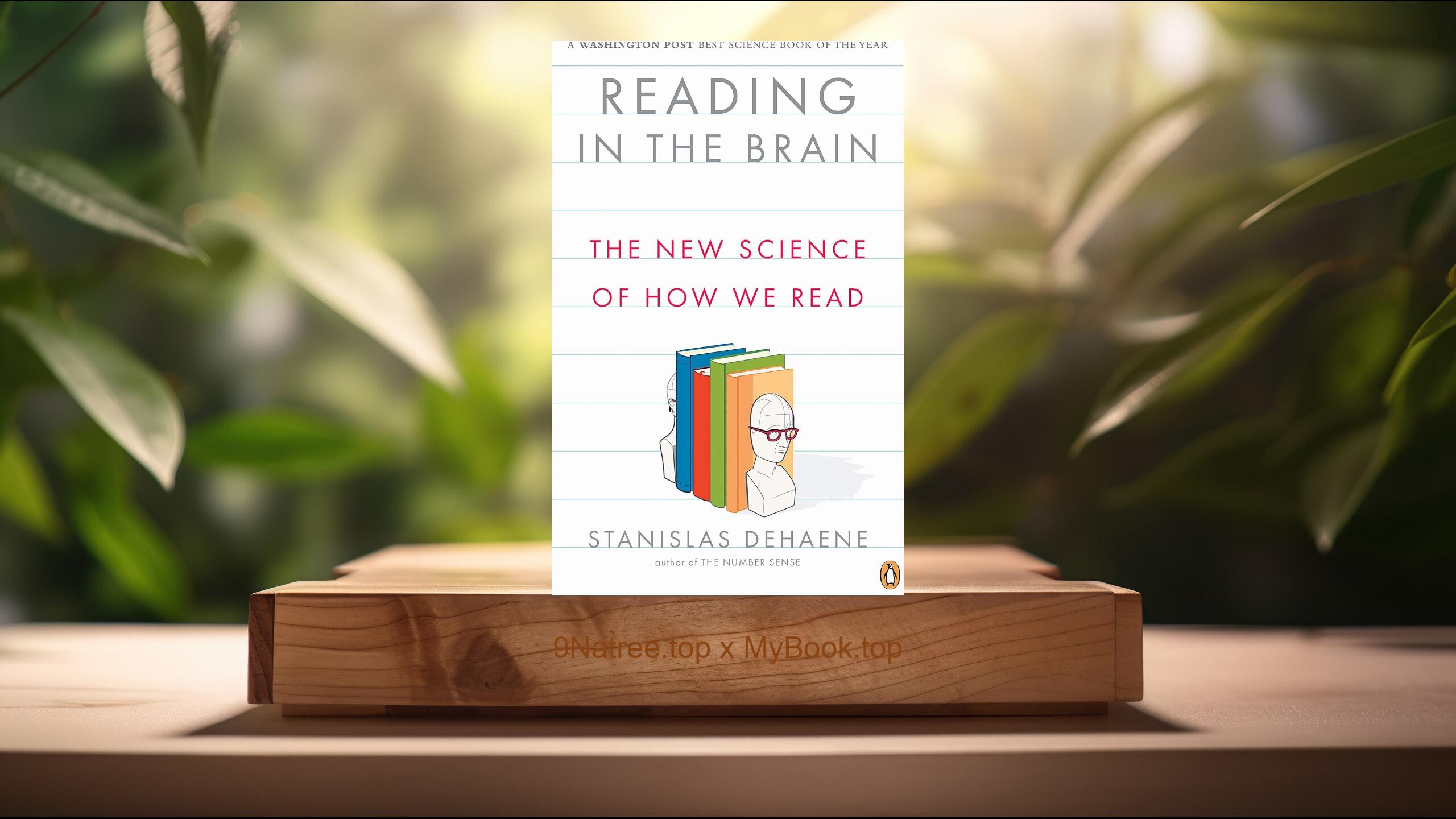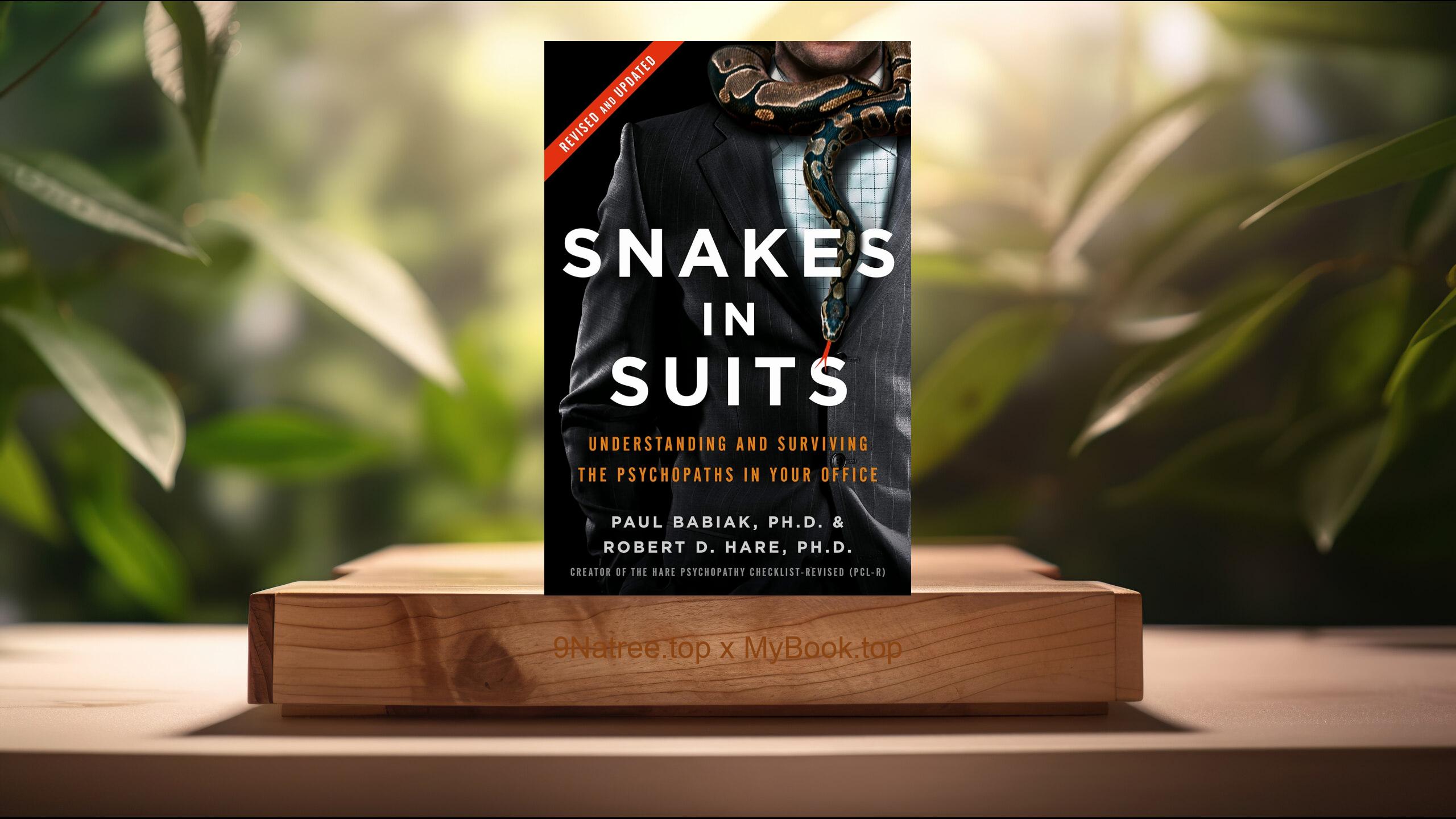Show Notes
- Amazon USA Store: https://www.amazon.com/dp/B009UAO0J8?tag=9natree-20
- Amazon Worldwide Store: https://global.buys.trade/An-Anthropologist-on-Mars-Seven-Paradoxical-Tales-Oliver-Sacks.html
- Apple Books: https://books.apple.com/us/audiobook/an-anthropologist-on-mars-seven-paradoxical-tales/id472440524?itsct=books_box_link&itscg=30200&ls=1&at=1001l3bAw&ct=9natree
- eBay: https://www.ebay.com/sch/i.html?_nkw=An+Anthropologist+on+Mars+Seven+Paradoxical+Tales+Oliver+Sacks+&mkcid=1&mkrid=711-53200-19255-0&siteid=0&campid=5339060787&customid=9natree&toolid=10001&mkevt=1
- Read more: https://mybook.top/read/B009UAO0J8/
#neurologicaldisorders #neurodiversity #humanperception #autismspectrum #identityandmemory #AnAnthropologistonMars
These are takeaways from this book.
Firstly, The Perception of Blindness: To See and Not See, In To See and Not See, Sacks shares the narrative of a man who has been blind since early childhood, regaining sight later in his life through surgery. Despite physically having the ability to see after decades of blindness, the patient struggles profoundly with interpreting visual information and understanding objects, faces, and spatial relationships. The story highlights the complexities of perception, illustrating how vision is not solely determined by visual hardware, but rather requires extensive cognitive processing, experience, and the learning of visual concepts over time. Sacks emphasizes the neurological, psychological, and philosophical dimensions of seeing and how perception is deeply entwined with memory, expectation, and culture. The patient's difficulties adjusting to vision after prolonged blindness forces reconsideration of long-held assumptions about the seamlessness and automaticity of sight, making us appreciate how much visual experience shapes our reality.
Secondly, Neurological Diversity in Autism: An Anthropologist on Mars, The title essay An Anthropologist on Mars centers around Sacks' interactions with Temple Grandin, a distinguished autistic animal scientist who perceives and interprets the world in remarkably different yet incredibly insightful ways. This narrative exposes readers to the concept of neurodiversity, showing how autism is not solely characterized by deficits or disabilities but distinctly different cognitive and perceptual experiences. Grandin's exceptional ability to perceive details and patterns overlooked by neurotypical individuals underscores the unique strengths and difficulties associated with autism spectrum disorders. Her own metaphor of feeling like an anthropologist on Mars encapsulates her experience of navigating a world not designed for her ways of thinking, thereby enriching our understanding of individuals positioned on the autism spectrum, illuminating their potential contributions to science, thought, creativity, and society at large.
Thirdly, Memory, Identity, and Creativity: The Last Hippie, The Last Hippie tells the poignant story of Greg F., a musician with a rare brain tumor that severely damaged his memory, leaving him trapped in perpetual nostalgia and an inability to form new memories. Sacks explores profound themes of identity, consciousness, spirituality, and artistic creativity primarily through Greg's perpetual recollection of 1960s culture. This detailed exploration highlights the significant role memory and temporal continuity contribute to our sense of self. The patient's affliction profoundly impacts his emotional life and musical creativity, demonstrating how memory acts as a cognitive backbone so integral to personal identity and creativity. Greg’s condition invites readers to contemplate how deeply memory loss can impact one's perception of reality, personal history, emotional life, spirituality, and creativity, thereby challenging assumptions regarding normal neurological functioning and its ties to identity.
Fourthly, Color Perception and Artistic Identity: The Case of the Colorblind Painter, In The Case of the Colorblind Painter, Sacks examines the intricate neurological conditions that cause Jonathan I., an established New York artist, to lose all ability to perceive color following a brain injury. This sudden shift from a vibrant world of color to a frustrating realm of black-and-white drastically affects his personal and artistic identity, leading to profound emotional and existential distress. Sacks elucidates how this acquired cerebral achromatopsia influences the way Jonathan experiences day-to-day tasks, his sense of identity as a visual artist, and his creative process. This chapter prompts reflection on how essential color awareness is in constituting visual reality and identity for artists and individuals alike, revealing the complex brain processes underpinning perception and artistic expression. Thus, it underscores the profound significance of color in human culture, creativity, emotional expression, and perception.
Lastly, Compulsiveness and Creativity: The Surgeon's Life, In The Surgeon's Life, Sacks investigates Dr. Carl Bennett, an accomplished surgeon struggling with severe Tourette's syndrome, a neurological condition involving involuntary movements and vocalizations. Amazingly, Dr. Bennett experiences temporary relief from symptoms when performing highly complex and precise surgical procedures, exhibiting extraordinary focus and creative brilliance. Sacks examines the links between compulsiveness, neurological disorder, and creativity, portraying how severe neurological impairments may paradoxically confer unique skills, insight, or specialized capabilities. The story draws attention to the limitations and remarkable adaptability of the human mind, exploring how complex neurological interactions influence professional proficiency and creative ingenuity. Dr. Bennett's case demonstrates the human mind's capacity to adapt and thrive despite neurological impairments, profoundly rethinking perceptions about the interplay of neurological disorders, functional abilities, and professional accomplishment.
![[Review] An Anthropologist on Mars: Seven Paradoxical Tales (Oliver Sacks) Summarized](https://episodes.castos.com/660078c6833215-59505987/images/2024176/c1a-085k3-okm0060kh9k1-wtdiyk.jpg)




